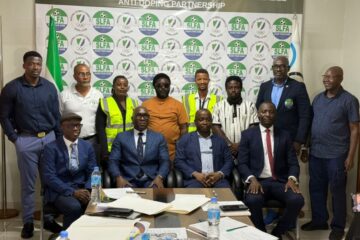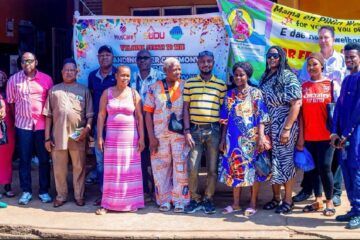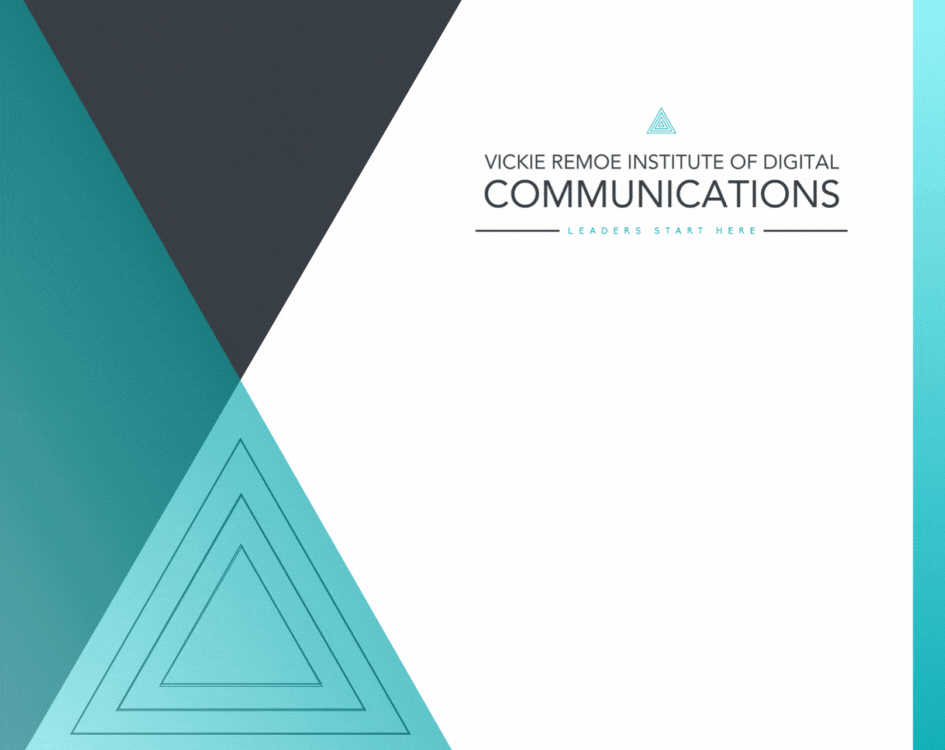Tiwai Island, Gola Rainforest Become Sierra Leone’s First UNESCO World Heritage Sites
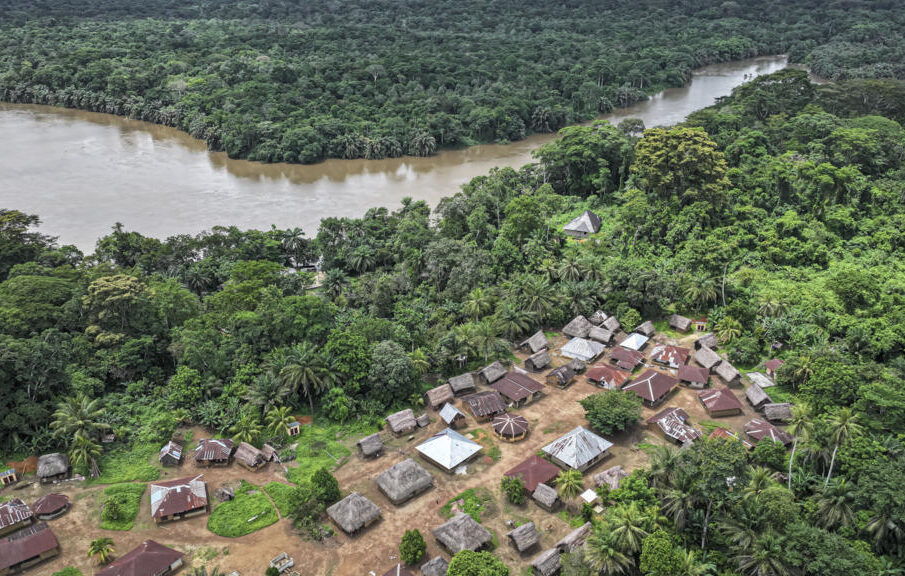
Tiwai Island and the nearby Gola Rainforest National Park have finally been added to the UNESCO World Heritage list.This is the first time any site in Sierra Leone has received this global recognition. This was made possible through the efforts of Sierra Leonean environmentalist and Executive Director of the Environmental Foundation for Africa,Tommy Garnett.
Tiwai Island is a small forested island in the Moa River in southern Sierra Leone. It is known for having many different types of animals, especially primates like the endangered western chimpanzee, the Diana monkey, and the king colobus. The island is just 12 square kilometres in size but is rich in wildlife and plant life.
The new World Heritage site, called the Gola-Tiwai Complex, is a mix of Tiwai Island and the larger Gola Rainforest. UNESCO praised the area as a “jewel of biodiversity” and a good example of how local communities can help protect the environment.
Garnett, now 66, has spent more than 20 years fighting to protect Tiwai Island. He started the Environmental Foundation for Africa (EFA) in 1992. In the early 2000s, he began efforts to save Tiwai after it was badly affected by Sierra Leone’s civil war.
“I feel very happy and hopeful,” Garnett said from the island, according to France24.
“Even during the war and Ebola outbreak, we did not give up.”
At the height of the civil war, Tiwai was in danger. Its wildlife had nearly disappeared, buildings were falling apart, and logging had started. Garnett raised awareness and found support to rebuild and protect the island.
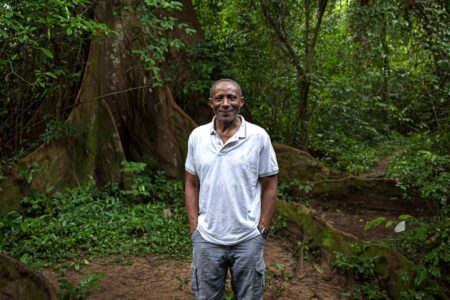
Tommy Garnett, Executive Director of the Environmental Foundation for Africa (EFA)
Tiwai is now used for ecotourism and research. Tourists visit the island, and the money helps local people get jobs, training, and farming support. The area is also home to rare animals like the pygmy hippopotamus and the African forest elephant.
Minister of Environment Jiwoh Abdulai said he was “excited and proud” about the UNESCO decision. He also praised Garnett for giving the country “hope and optimism.”
Born in Kono District, Garnett grew up near a forest and learned to love nature from a young age. After studying abroad, he came back home to help Sierra Leone during its toughest times. Since then, he and his team have planted over two million trees across the country.
“Our lives are closely tied to the forest,” Garnett said. “If we lose it, we lose a big part of ourselves.”
Sierra Leone’s first UNESCO site is not just a win for nature — it’s a story of courage, teamwork, and hope.

